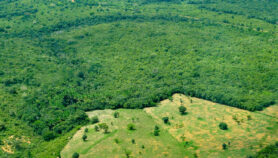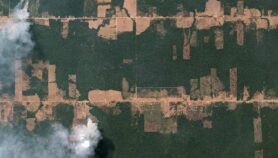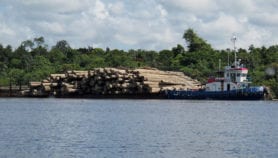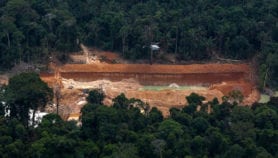By: Nicky Lewis
Send to a friend
The details you provide on this page will not be used to send unsolicited email, and will not be sold to a 3rd party. See privacy policy.
 |
The study, published in the week’s Nature, found that the wildfires that devastated Indonesia five years ago were responsible for a large proportion of the increase in carbon dioxide seen that year — the largest annual increase since records began in 1957.
The fires of 1997-8 released up to 2.6 billion tonnes of carbon — comparable to the amount that the entire planet’s biosphere takes up in a year — mostly in the form of carbon dioxide, the main greenhouse gas responsible for climate change.
“Catastrophic events affecting small areas can evidently have a huge impact on the global carbon balance,” say David Schimel and David Baker of the US National Center for Atmospheric Research in a related news and views article in Nature.
Efforts to tackle climate change have largely focused on reducing human-induced greenhouse gas emissions. But the amount of carbon dioxide released by the Indonesian wildfires is equivalent to up to 40 per cent of annual emissions from burning fossil fuels.
An international team of researchers led by Susan Page of the University of Leicester, United Kingdom, used satellite imagery and ground measurements to estimate the burned areas and carbon losses from the Indonesian forest fires. They found that the abnormally harsh fires burned right down into the peaty soil and it was this — rather than the trees themselves — that accounted for most of the carbon released.
Peatland fires are often started intentionally by Indonesian farmers to clear land. But the unusually long El Niño dry season of 1997 caused many of these ‘managed’ fires to spread out of control. Such drought-induced fires are common across the tropics.
“Tropical peatlands will make a significant contribution to global carbon emissions for some time to come unless major mitigation, restoration and rehabilitation programmes are undertaken,” say the authors.
Link to Nature research paper
Link to Nature news and views article
Reference: Nature 420 (2002)
© SciDev.Net
Photo credit: Forestryimages.org













